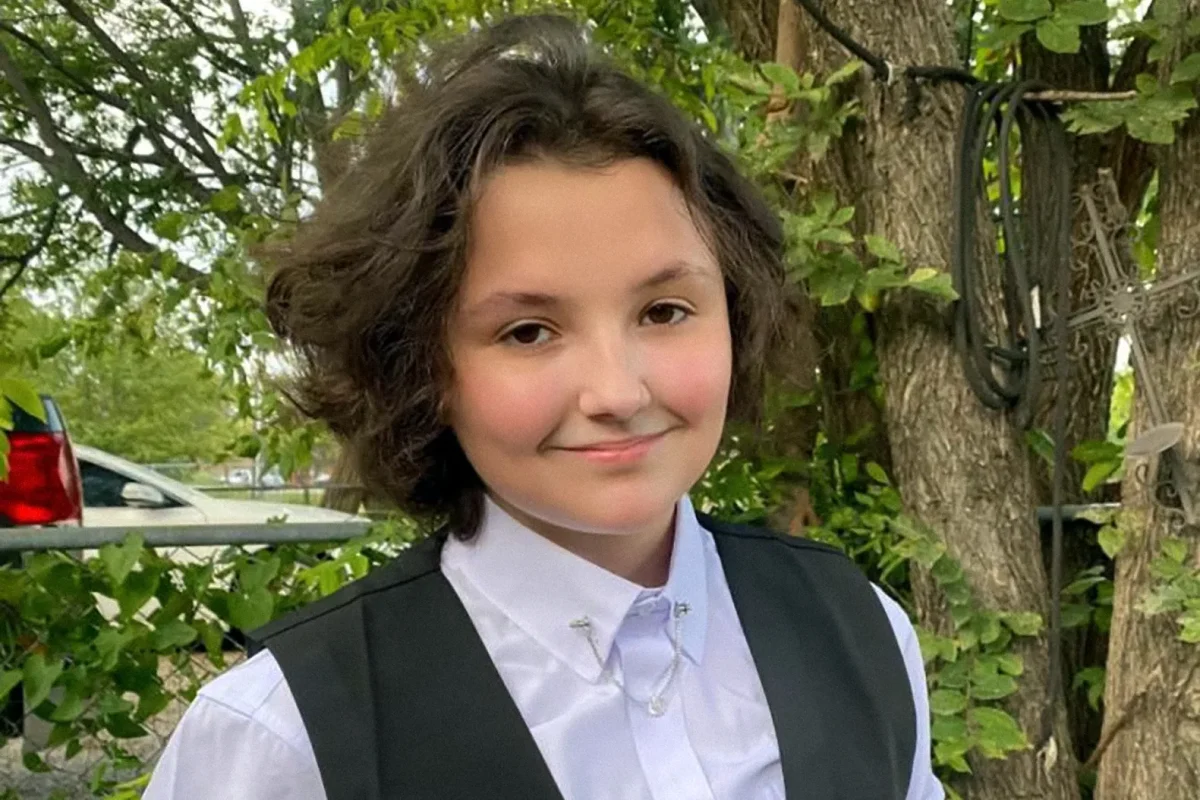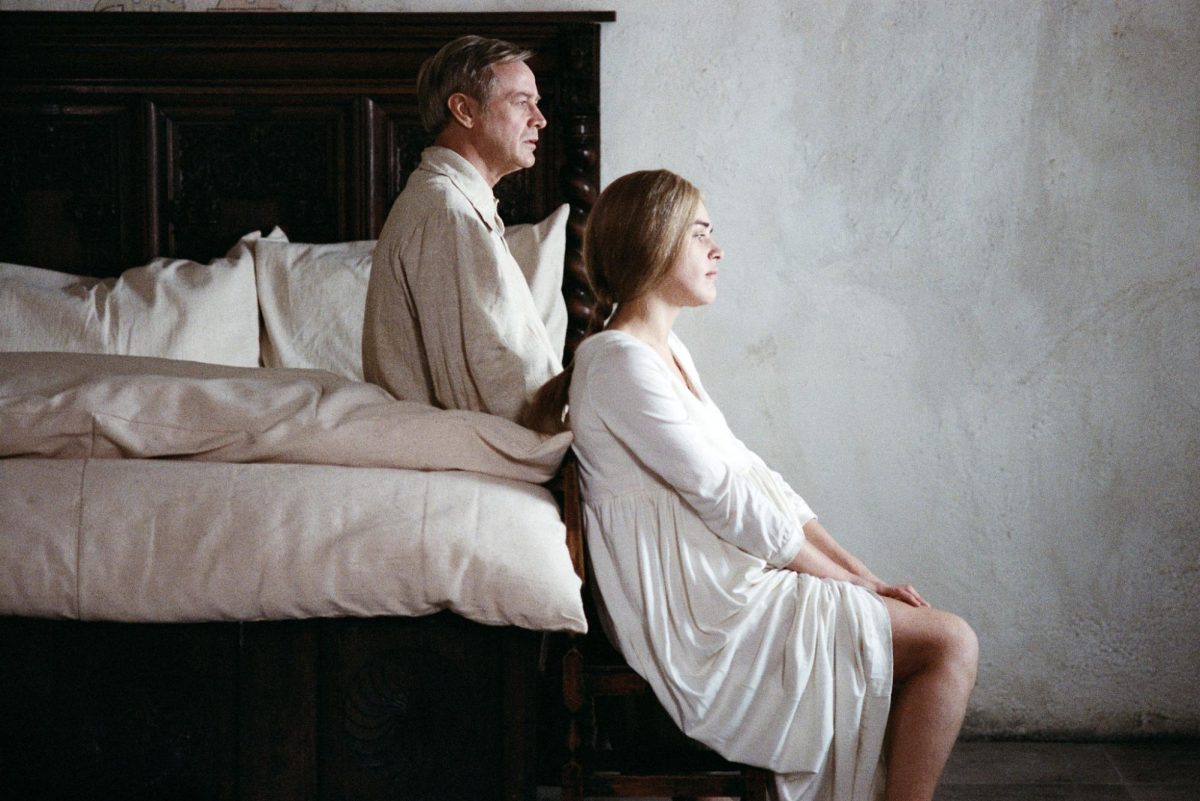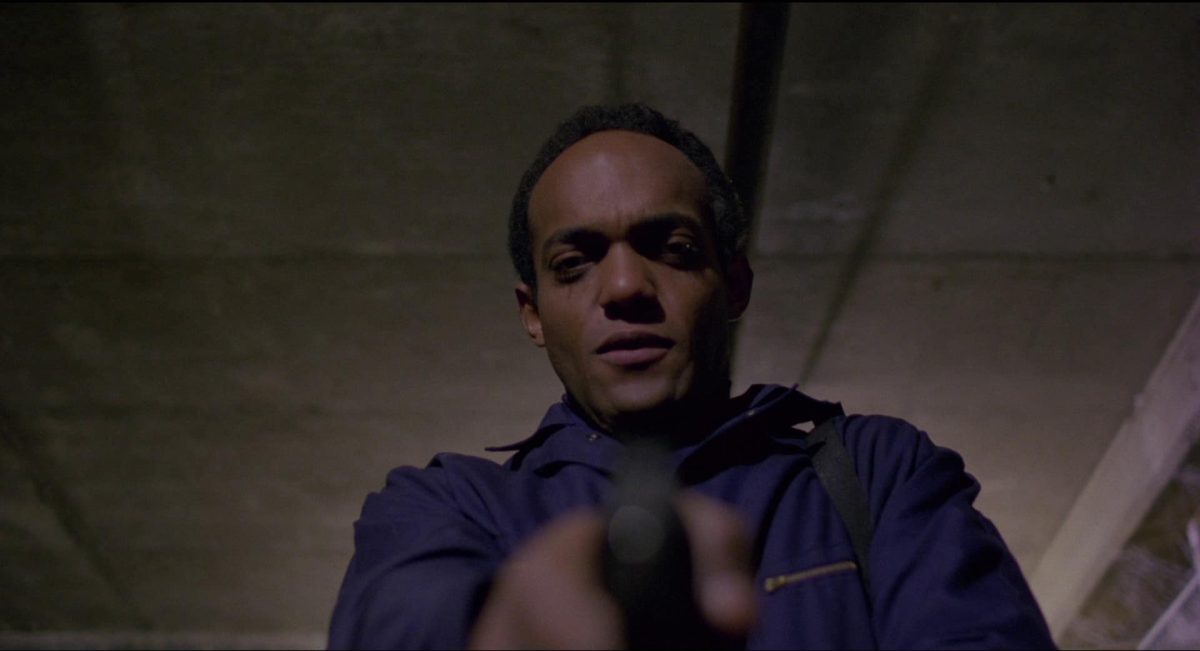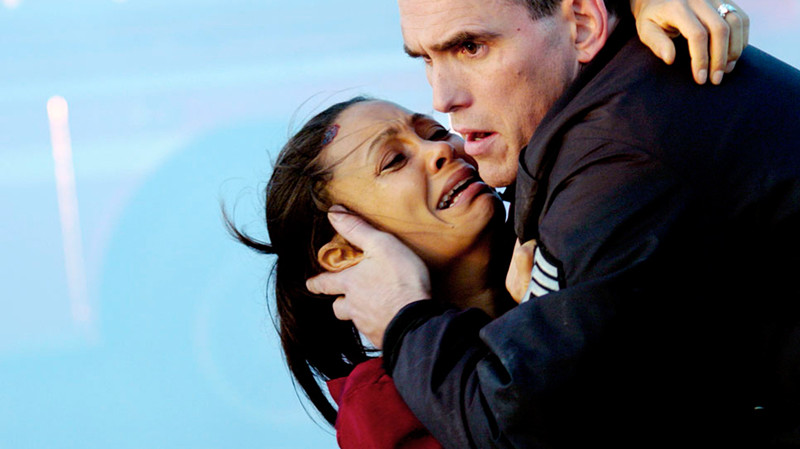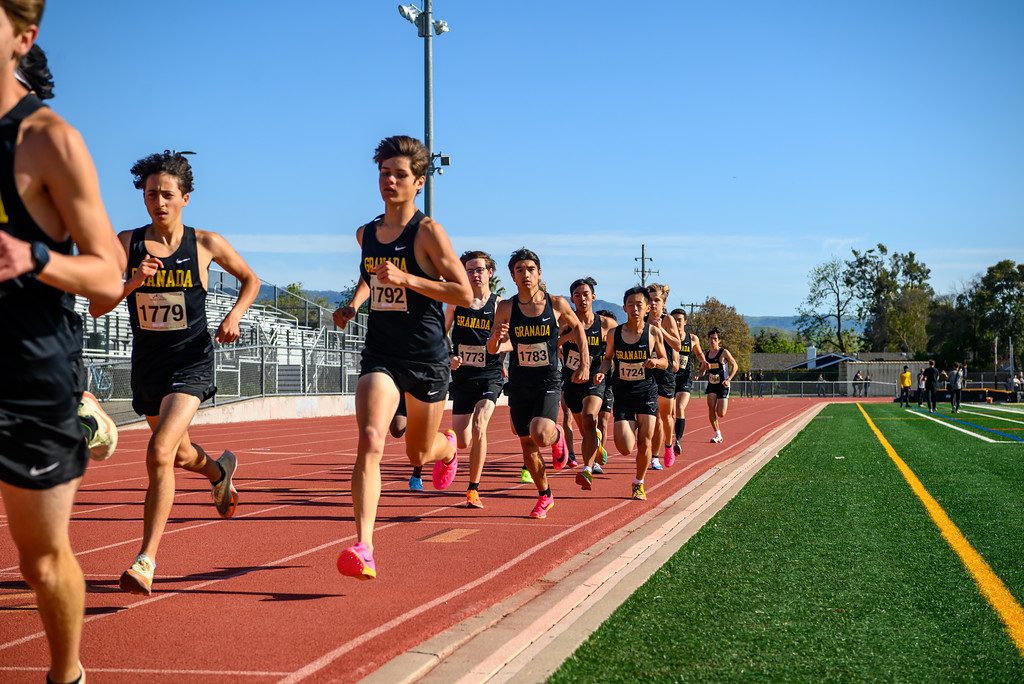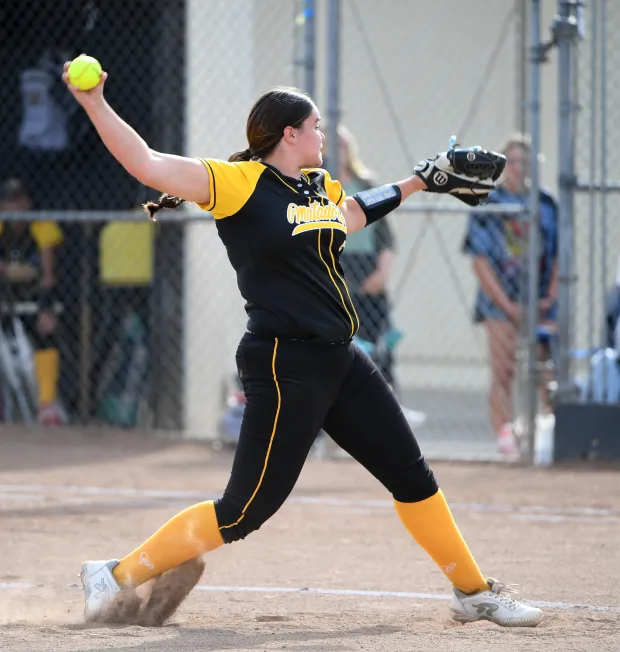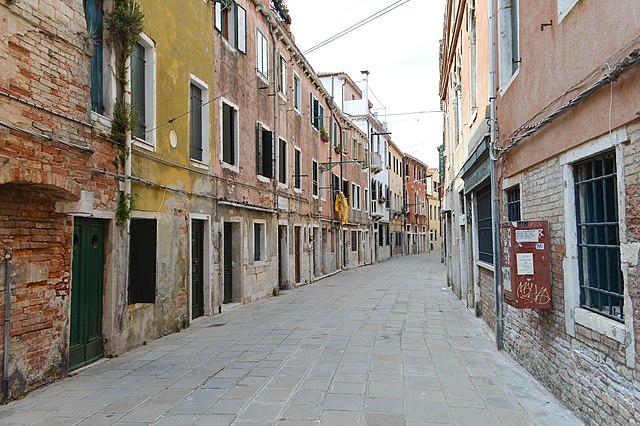After COVID-19 devastated the world, a global occupational burnout began to blaze through hospital workers across the US leading to large staff shortages that have remained even till now in 2023. Going from October 4th to October 7th, the largest healthcare worker strike in US history took place with a total of 75,000 workers participating. This 3-day strike was carried out by Kaiser Permanente workers who were frustrated at how their calls for help and extra staffing were gone unheard. Alongside extra staffing demands, a call for increased pay and countless other issues were brought to attention. Because of this, other workers from hospitals such as Saint Francis have struck on their own, amassing a total of 1,500 more workers on strike.
Kaiser workers had had enough and their irritation about poor working conditions had been simmering angrily for months. Ever since COVID-19, the healthcare industry has struggled to recover. Many are unsure of what this means for their families and are worried about how their healthcare needs will be met. Kaiser Permanente in Dublin has resorted to extreme safety precautions, due to the strike, locking all entrances except the main doors and having security guards watch the halls. Citizens have been greatly affected by this strike and their appointments are being canceled. Pediatric injections regarding the COVID-19 vaccination were canceled from October 5th to October 9th at Dublin Kaiser.
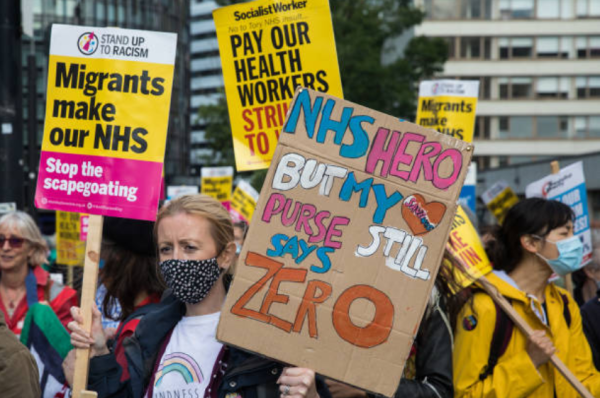
This strike has not only affected the Bay Area but five different states entirely. Considering that this strike is being titled as the “largest healthcare strike in history,” it has affected thousands of workers and patients.
As previously mentioned, the strike lasted a total of 3 days. On day 1 of the strike (10/5/23), 75,000 workers (60,000 being in California), walked out of their jobs and hit the picket lines. Employees lined the streets with signs, urging for better resources, and for Kaiser to address the short staffing issue. Kaiser employees believe that the company preaches the ideology that the fewer workers, the less money being spent, which is the largest motivator in the commencement of this strike. Signs of protestors read, “Put Patients First,” proving that the healthcare workers are not only seeking better workers’ rights but also the better treatment of patients. Employees argue that because of the understaffing, patients are not receiving the care they deserve.
Throughout the first day of the strike, the union officially addressed that they had been bargaining with Kaiser for several months as a result of chronic problems stemming from the devastation of COVID-19. After the frustration of not being able to settle an agreement, this is when strikers took action. An agreement was not made at this point in the strike. By the end of day 1, Kaiser worked to hire more workers in order to handle the understaffing issue after long bargaining with the union. Not only that more funding for different departments and projects was being distributed and bargained for. The agreements reached on the first day were not enough for these healthcare workers or their unions.
By the second day of the strike (10/6/23) more than the original five states became involved in the pressing matter and further inflamed the advocacy for an improvement of poor healthcare worker conditions. During the second day, more issues were brought to light including sleep deprivation and descriptions of how worker wages are unable to satisfy living costs in the cities where hospitals are located. Rocio Chacon, a striking Kaiser worker, states, “As we speak there are nurses that are sleeping in their cars for two reasons. One, they can’t afford the cost of living here so they have to move two to three hours away, and then because of short staff they’re working 14-16 hours, so they’re tired.”
It has become clear that not only is understaffing a problem in the healthcare industry but insufficient wages and unreasonable living costs are taxing sleep on already exhausted workers. The second day of striking also garnered the attention of civilians as the noise strikers were making began to take a larger toll. Kaiser echoed the concerns of patients and citizens with the strike still commencing calling the current staffing quantity “unsafe” and “dangerous” for awaiting patients. As the second day of the strike came to an end the protesting workers were still unrestful and chock-full with words to say about the need for change.
On the third and final day of the strike (10/7/23) it was a waiting game for protesters as they stood by for Kaiser to respond to their calls for help. The public was awaiting their response as well. Soon enough Kaiser began to voice their concerns more thoroughly. At first, Kaiser refuted any statements made about worker’s pay being unable to keep up with inflation and living costs. But as the union continued to communicate with Kaiser over many months, however, it seems that they were able to convince them otherwise. Kaiser eventually began to share concerns with the workers about understaffing, a chronic problem since COVID-19, and they continued to hire 10,000 more healthcare workers. However, “Kaiser didn’t identify if those new hires are permanent or full-time staff.” (ABC 7 News). According to Kaiser, they have hired 50,000 people to join their healthcare teams over the past two years. Both Kaiser and the union are now expressing how they have been bargaining for a settled agreement upon these everlasting problems and Kaiser explained their contract:
- “across-the-board” wage increases in all markets over four years;
- an improved Performance Sharing Plan with the potential for payouts of up to $3,750;
- minimum wages of $23 an hour in California and $21 an hour in other markets; and
- renewal of tuition assistance and training programs.
During the strike, patients were turned down for any non-emergency matters, while all emergency departments remained open. Though the hospitals were nowhere near fully staffed, during the strike, Kaiser wanted to note that all emergency needs would not be turned away at this time. Patients would still be able to go to all emergency departments in dire times. Any procedures that were considered non-emergent were rescheduled until further notice since at the time of the strike there was no timeline for the ending.
Now that the strike is over, for now, any procedures that were turned down, rescheduled, or canceled, can now be reevaluated. Now that the strike has concluded, healthcare workers in several states (California, Washington, Virginia, Oregon, and Washington DC) have made threats towards another walkout near November 1, if the terms of a new labor contract are not approved/agreed upon (CNN Business). The conclusion of the strike is temporary as employees warn that they will walk out of their jobs again if a deal is not reached between the workers’ unions and Kaiser Permanente. Kaiser is continuing to work towards an agreement with their workers in order to avoid another protest.
Workers and families all over the country are hoping that this strike will help improve healthcare workers’ conditions as well as patient treatments and bring everyone to an understanding that will move the industry forward into a full recovery after COVID-19.



